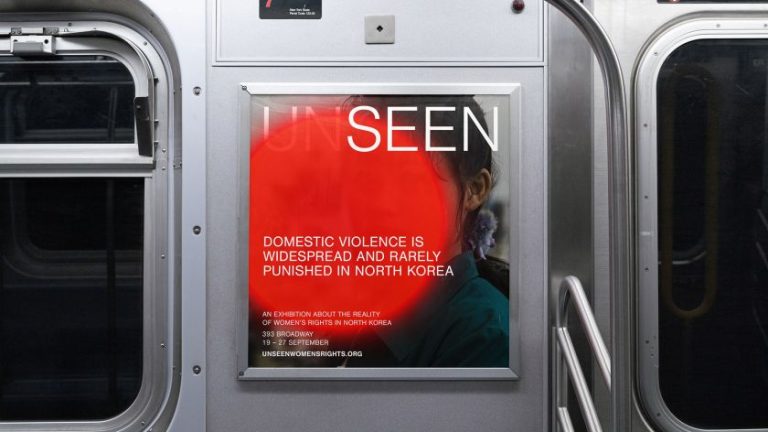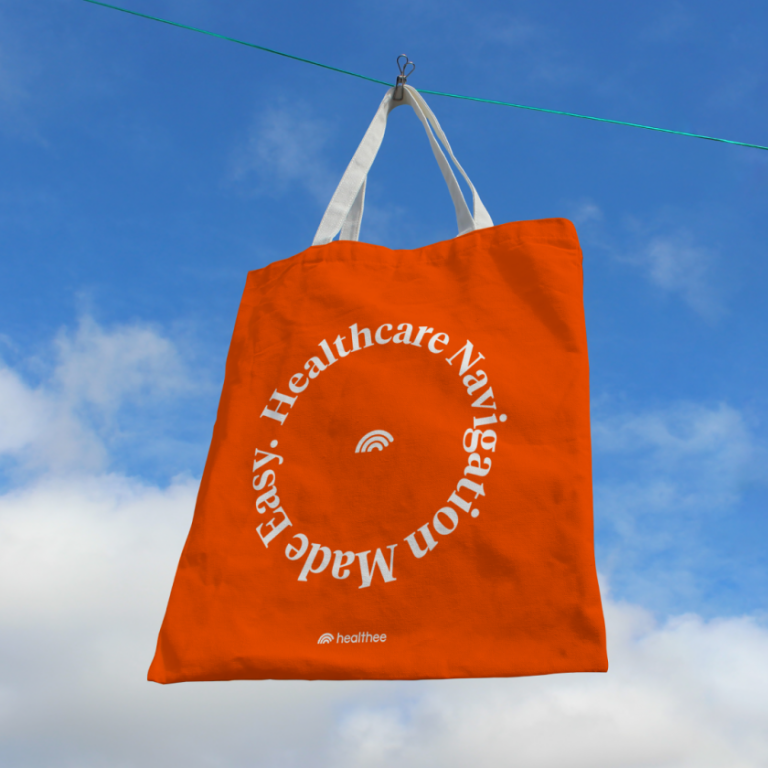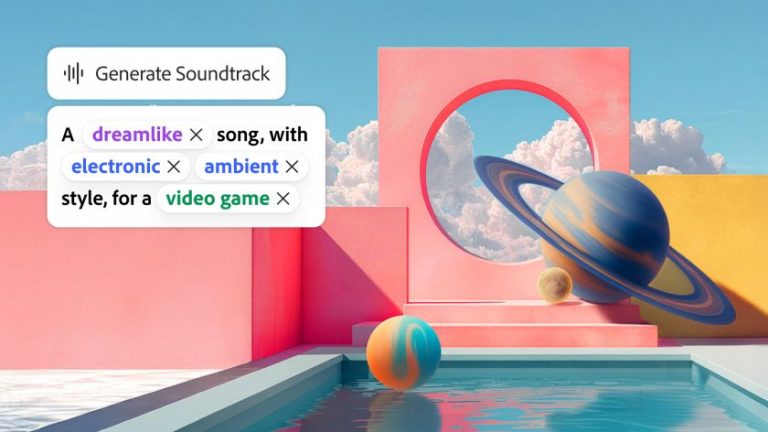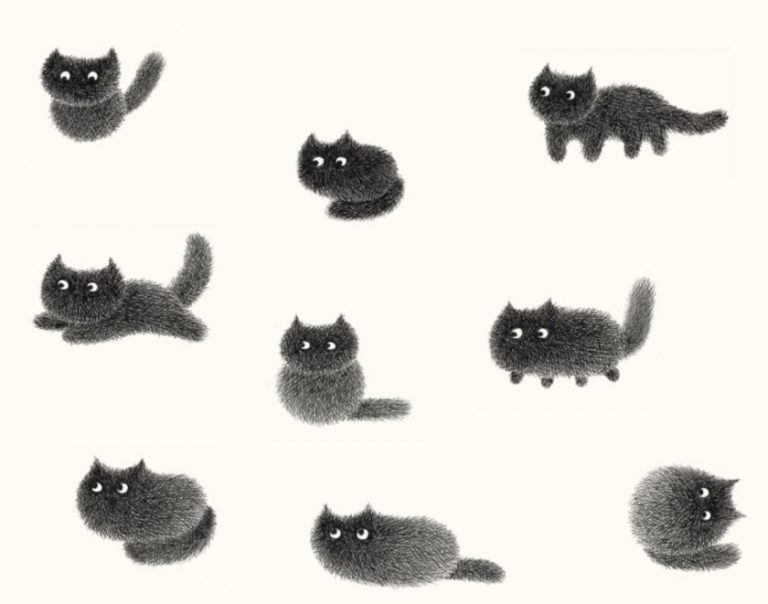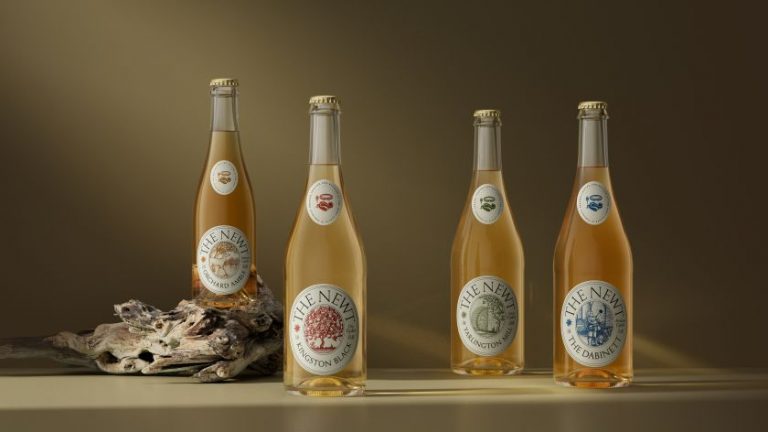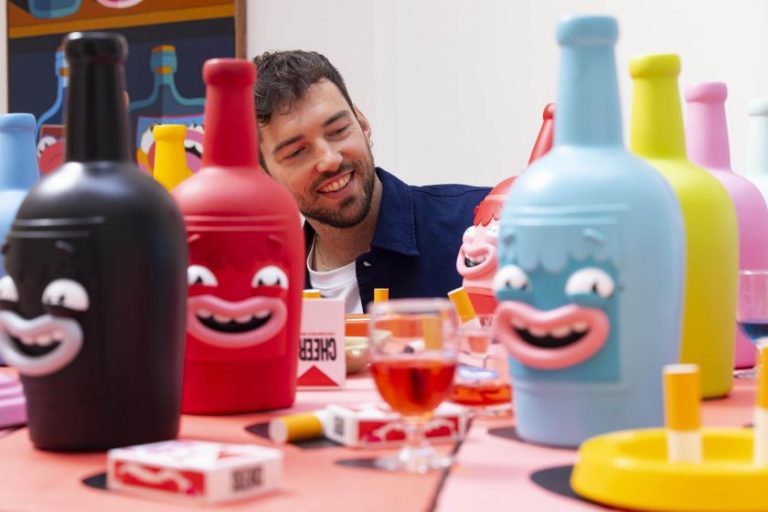Image licensed via Adobe Stock
Essential reading for creatives! Beano Brain’s 2025 Coolest Brands study reveals everything this two-billion-strong generation is looking for in a brand… and some of it might surprise you.
Still getting your head around Gen Z? Well, it’s time to get a wiggle on. The next generation, Gen Alpha, is already here, and they’re rewriting the rules of brand engagement faster than most creatives can keep up.
Born between 2010 and 2024, Generation Alpha now numbers around two billion globally, with the eldest now entering their mid-teens. These are the so-called “iPad Kids”, the first generation born entirely in the 21st century, with no memory of a pre-smartphone world.
And whether you think generational labels are marketing BS or not, here’s the thing. Your clients are talking about Gen Alpha, stakeholders are obsessing over them, and this generation is already wielding massive consumer influence.
As I explored in my previous article, 10 things creatives need to know about Gen Alpha, these kids have grown up in online spaces like Roblox, Minecraft and TikTok; creating content as much as consuming it. They’re culturally diverse, digitally fluent, and, frankly, more brand-literate than most seasoned marketing professionals.
Which brings us to Beano Brain’s newly released 2025 Coolest Brands report. Based on a year-long study of 12,000 UK children aged seven to 14, it reveals exactly which brands are winning with this generation, and why. And trust me, the lessons here are gold dust for everyone working in the creative industries.
Sophisticated consumers
Let’s start with a reality check. Gen Alpha may be young, but they’re remarkably sophisticated consumers. This sophistication explains why so many “adult” brands populate the top 100, and how the boundary between children’s and adult brands is dissolving.
On the one hand, Roblox and TikTok, once firmly in kids’ territory, have been adopted by adults. On the other, adult brands like Sephora and Sol De Janeiro (both jumping 26 places this year) are attracting tween audiences, whether they’re actively targeted or not. If you’ve heard about the “Sephora Kids” phenomenon mentioned in my previous piece, you’ll know this isn’t entirely unproblematic, but it’s definitely a thing.
With that in mind, YouTube‘s retention of the number 1 spot isn’t luck; it’s strategic brilliance.
In an era of supposed attention span crisis, YouTube has done something pretty clever: created a two-pronged approach combining bite-sized YouTube Shorts with an ever-expanding library of long-form content from its creator community. This means that for Gen Alpha, YouTube has become more powerful than Google for search and discovery. Need algebra help? YouTube. Want to authenticate your Labubu collectable? YouTube.
Unlike TikTok, YouTube is seen as a trusted source; a go-to for learning anything. As one 12-year-old told researchers: “I personally use YouTube a lot more than Netflix. I’d rather watch a YouTube video than an entire film, because if they’re boring you, you can just stop.”
For creatives, YouTube’s success demonstrates that a multi-format strategy isn’t about dilution: it’s about meeting audiences where they are, however they want to engage.
The sportswear battle
Also high up on the list are Nike (number 2) and Adidas (number 14). And their ongoing battle is a masterclass in how two brands can target the same audience with different strategies… and both can win.
Nike leapfrogged Netflix this year to claim second place, partly thanks to its dominance in women’s sportswear, high-profile collabs (from footballer Cristiano Ronaldo to actress and singer Zendaya), and partnerships like its tie-in with SKIMS (the US shapewear and clothing brand co-founded by Kim Kardashian).
The brand’s genius lies in helping kids find their tribe within a massive product range. Ubiquity doesn’t mean uniformity when you offer enough choice for individual expression.
Adidas, meanwhile, has rocketed up 15 places to number 14 by diving deep into fandoms. Regionalised football club campaigns speak directly to supporters of Newcastle United, Aston Villa and Celtic FC. The brand’s nostalgic yet fashion-forward aesthetic taps into the Oasis reunion and Britpop revival, making kids covet their parents’ styles as much as their playlists. Gazelles and terrace styles are having a proper moment.
Both brands succeed by understanding that Gen Alpha are looking for identity, not just function. The lesson? Help your audience find themselves within your brand, whether through sheer variety or curated cultural associations.
The food brand authenticity test
Food and drink brands occupy nearly half the top 20, but here’s where things get interesting. Heritage brands like KitKat (celebrating its 90th birthday by breaking into the top 10 for the first time) and Nutella (debuting at number 12) prove that longevity matters… but only when backed by innovation and emotional connection.
KitKat’s success stems from its extensive flavour range, shareability and that signature ASMR snap. One kid in the study sums it up perfectly: “You know when you bite a KitKat; the insides just crunch up – that’s KitKat!” Limited editions like Lemony Lime and Cotton Candy, meanwhile, have generated viral appeal amongst a generation with serious food curiosity.
Elsewhere, Domino’s has jumped eight places to reach number 8 through global flavour experimentation (Ultimate Carbonara, Korean BBQ Chicken) and genuinely viral campaigns. When they launched Eau de Passion, a limited-edition Pepperoni Passion fragrance for Valentine’s Day, sales surged by 50%. The stunt was fun, unexpected, and totally in line with the brand.
Now compare this with Prime Hydration, which has tumbled 26 places and dropped out of the top 100 entirely, despite influencer backing from KSI and Logan Paul, and churning out unusual flavours. This fall from grace highlights how product quality and consistency matter more than hype when it comes to gaining approval from Gen Alpha. Yes, kids may discover brands through social media, but they tend to stick with them based on their experiences.
The lesson? Gen Alpha’s reputation as the “Generation Foodie” isn’t going away. But they need to enjoy the bite as much as the bark.
The tech loyalty shift (and Google’s warning)
Here’s perhaps the most sobering finding for anyone who grew up with the internet: Google has dropped 14 places to number 38. For better or worse, youngsters are increasingly turning to conversational AI tools instead. They feel faster, more creative, and more fun than typing queries into a search bar.
I don’t think this is a blip. As I wrote in my earlier piece, Gen Alpha has grown up in digital spaces where they communicate in their own language (using words like “unalive” instead of “murder” to avoid auto-moderation). They’re comfortable with tech that feels conversational and intuitive. Traditional search bars? That’s old people stuff.
The warning for established tech brands is clear: loyalty from previous generations cannot be relied upon. You must prove your relevance anew to every generation, and this one has grown up with AI as table stakes.
The wildcard winners
Those are the main trends as far as I can see. But some of 2025’s success stories defy easy categorisation. As such, they make excellent case studies in creative thinking.
Heard of Jellycat? I hadn’t, but the London-based plush toy brand has jumped straight into the top 100 at number 48 by transforming purchases into rituals. The brand has gone viral, not through paid advertising but through creating shareable, memorable experiences.
These include the Jellycat Diner in FAO Schwarz, where guests select and “cook” their food-shaped plush toys in a playful, theatrical process, and the Jellycat Fish “n” Chip shop in Selfridges, a pop-up where fans could order limited-edition toys inspired by fish and chips from a retro van. And Gen Alpha are here for it. As one young fan says in the report: “I’ve been really liking Jellycat, my sister got me a bean, and my friend got me a macaron. I’d like to collect some more, but they’re so expensive.”
Minecraft, meanwhile, has climbed 10 places to number 20, demonstrating the power of never letting fans fully leave. Kids may abandon it occasionally, but their love is regularly reawakened by friends or cultural moments, such as a Minecraft Movie. That was a film that could easily have flopped, had it not been crafted so well with fans in mind, generating viral memes and the “Chicken Jockey” trend that dominated social media for a month.
What it all means
So what does all this mean for creatives today? Here are my key takeaways:
Continuous innovation isn’t optional. Standing still means becoming uncool, fast. The brands occupying top spots haven’t remained static: they’ve evolved, diversified, and stayed relevant through constant reinvention.
Heritage has power, but only with innovation. KitKat and Nutella’s success with Gen Alpha proves that longstanding brand values resonate, especially in food and drink, but only when combined with flavour innovation, format experimentation and cultural relevance.
Understand the motivation framework. Beano Brain’s research identifies 12 core needs that brands meet for Gen Alpha: creativity, collectability, performance, social connection, autonomy, repetition, learning, mastery, competition, identity, nurture, and mood management. The most successful brands deliver against multiple motivations.
Authenticity trumps hype every time. Short-term buzz doesn’t make a lasting brand. Gen Alpha will try influencer-backed products, but they’ll only stick with those that deliver on product quality and consistent experience. Prime Hydrations’ fall from grace has become the leading parable for the age.
Think long-term. These early interactions with brands will dictate consumption patterns for the rest of Gen Alpha’s lives. Get it right now, and you’re building customer relationships that could last decades.
Ultimately, the brands cutting through with Gen Alpha are doing the fundamentals brilliantly whilst staying culturally relevant, emotionally resonant and genuinely innovative. In a world where gatekeepers are becoming less important (as kids have so much access to information and alternatives), that’s exactly what it takes to become cool.
Or as Gen Alpha might say: these brands absolutely ate and left no crumbs. No cap.

